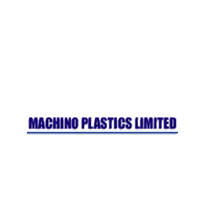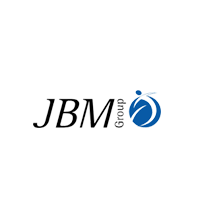The ANSYS Civil software
Using this software you can decrease the range of field investigations, put aside substantial time and cost on projects, and shift more rapidly to the innovative phas
Because, ANSYS offers engineering simulation explanation sets in engineering simulation as a design process requires, you can fulfill with ever more demanding safety and administration policy and generate environmentally careful designs. Accordingly, engineers can go forward during the design and do the materials assortment process quickly and efficiently. ANSYS Civil gives designers the capability to evaluate the making of this range of variables in virtual surroundings.
Learning Aim:
Xtrude will help you master the following features:
Fire & Smoke Propagation:
Scheming flames and smolder organization systems for buildings, subways and other facilities HVAC Equipment Design; aeration & Comfort Modeling; and Structural Building Design.
Blast, Explosion & Impact:
This sophisticated capability used in analyzing the bang of blast, explosion and impact in civil engineering projects as different as high-rise buildings, bridges, dams, tunnels and stadiums.
Wind Engineering:
Assessing the structural freight forced by the wind is a priority. Understanding the aerodynamics of a building is much more well-organized and accurate when virtual modeling is second-han
After completion you will be able to:
- You will make out how to introduce full 3-D CAD models hooked on the ANSYS Workbench environment, and view and analyze 3-D product designs.
- You will know how to do rock and soil mechanics analysis; material-specific utmost load assumptions; linear, nonlinear; sensitivity and parametric studies; static and dynamic analyses and other linked works.
- You will learn to examine variables virtually to simulate the many likely scenarios and in the end create the safest systems possibl
- You will know how to virtually model diverse structures and test the collision of environmental and critical forces as many times as needed to completely understand the effects of a tragedy on a structur
- You will be acquainted with how to apply mechanical, fluids and metaphysics gear to a wide range of HVAC equipment design, including: air cleaning equipment, air conditioners, boilers, compressors/exhausters, and refrigeration, , humidifiers/dehumidifiers, heating equipment, pumps/blowers, fans and chillers, diffusers, heat exchangers/coils.
Course Syllabus
- Setting up Codes
- Selection of Units System
- User Defined Units System
- Concrete and Steel Material Properties
- Soil & Rock Material Properties
- User defined material library
- Beam, shell, solid
- Cross Sections Explorer
- Shell Vertex Explorer
- Member Properties Explorer
- Beam & Shell Properties
- Define cross sections from library
- Sections by dimensions
- Beam concrete section definition
- Generic Composite Sections
- Import Cross Sections into Library
- Shell Concrete Section Definition
- Generic Solid Section Definition
- Composite Solid Section Definition
- Mobile Loads in a Road Bridge
- Steel Building Load Combinations with AISC LRFD
- Parking Structure
- List and plot of forces, moments etc.
- Pure Bending
- Tension and Compression
- Bending and Axial Force
- Compression Buckling
- Simple Flexure Beam
- Truss Tension and Compression
- Column Buckling Check
- Compression Flexural Buckling
- Shear Checking
- Bending Check
- Lateral Torsional Buckling
- Axial+Bending Reinforcement
- Biaxial Bending + Axial Force
- Shear and Torsion Reinforcement
- Workshops 1.FORCES AND MOMENTS ON A BEAM
- Workshops 2.BUCKLING ANALYSIS OF A STEEL FRAME
- Workshops 3.GRAVITY DAM, PRESTRESSED BEAM
- Workshops 4.PRESTRESSED CONCRETE FRAME
- Workshops 5.CONCRETE SLAB BRIDGE
- Workshops 6.FRAME REINFORCEMENT DESIGN
Chapter 1: General Utilities
Chapter 2: Materials
Chapter 3: Element Types and Input properties for the elements
Chapter 4: Loading
Chapter 5: Steel Structures, Concrete Structures and Post Processing (Eurocode 3, EA, AISC LRFD, British Standard 5950, Eurocode 2, ACI 318, EHEStanderds): Beam & Shell
Utilities, Code Checking and Design.
Chapter 6: Workshops:
Course Information
- Class Start: Every Monday, Wednesday & Friday
- Course Duration: 60 hours(40 hours for Software Training & 20 hours for Project Handling)
- Student Capacity: 8-12 students per batch
- Certification: For Software Training(1) & For Project Handling(1)
-
Course Benefits Include:
- Industrial Visit
- Tool Kit
- Lifelong Support
- Placement Guaranteed
- Project Handling
- Resume Writing
- Moneyback Guaranteed








